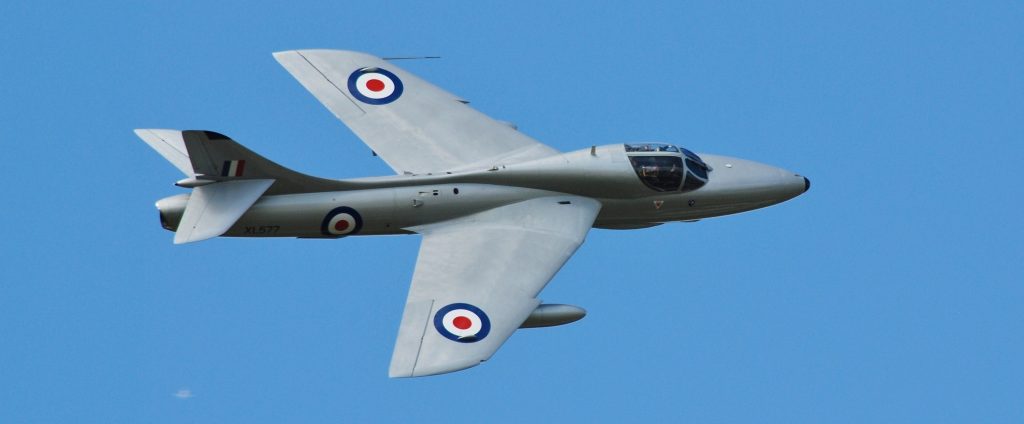
It was 9th May 1980 and I was a young, over-confident and mildly thrusting Air Traffic Controller at RAF Honington. In my second tour, I had enough experience to feel relaxed, but not enough to appreciate my limitations. Honington in those days was a fully active fast jet airfield, with four resident Buccaneer squadrons, in the centre of a combined MATZ and responsible for Mildenhall (wide bodied aircraft) movements as well as co-ordinating Lakenheath fast jet activity. It was in other words, an extremely busy place.
One of the oddities of the Buccaneer, the finest strike aircraft the RAF has ever possessed (other views maybe available!!) and affectionately dubbed the ‘banana bomber’ due to its unique profile, was there were no dual control versions. Therefore a pilot’s first sortie in it was also a first solo. This was known as FAM1 flight and an experienced instructor was carried in the rear navigator’s cockpit, where there were no flying controls, to provide appropriate ‘advice and encouragement’ when required – brave fellow! There was therefore a requirement for pilots to be familiar with the unique Buccaneer cockpit environment whilst airborne before they headed off on FAM1. Sadly simulation was nowhere near as advanced as it is today, so the solution was to equip a Hunter two seater training aircraft with a Buccaneer cockpit hence the Hunter Mark7B. This workaround simulated the cockpit, but of course performed like a Hunter ie beautifully at all speeds, unlike the Buccaneer, and crucially it had only one engine. Whilst an engine failure in a Buccaneer was a concerning event, the same in a Hunter was an altogether more serious proposition. The recovery technique for an engine failure in a Hunter was called a 1 in 1 approach. A clean Hunter would glide 1NM and lose 500 ft. Double that for a turn. Thus, the idea was to vector the gliding Hunter towards final approach such that when range was equal to height (ie 4NM @ 4000ft), the pilot was instructed to commence the 1 in 1 procedure, gear would be dropped and handily the aircraft would lose 1000ft for each mile and end up on the runway, piece of cake…
So that’s the cold war scene set, now if you are sitting comfortably, I’ll begin. That day I was the radar director responsible for directing traffic around the Honington radar pattern. However, hovering in the background of my consciousness was the realisation that that night at Shawbury there was a dinner night for all of the RAF Air Traffic Controllers to celebrate 30 years of RAF ATC (I still have the tie). This was going to be one mean party and I was seriously short of drinking vouchers! All was quiet in the approach radar room so I was allowed to pop out to the bank to rectify this sad, but alas common, junior officer situation, leaving the approach room with the quip “I’ll be back in 15 minutes”.
Actually 25 minutes later I was back, drinking vouchers safely ensconced in my wallet. I walked into the approach room to find total carnage; the unit was absolutely humming. Lakenheath, Mildenhall and Honington activity had exploded into action. The Supervisor looked at me, looked very pointedly at his watch and yelled at me to sit down and vector a Hunter for a practice 1 in 1 approach. Everything was exactly as I left it, headset, chinagraph pencil, everything. Without pause I was immediately given a handover on the Hunter and commenced the 1 in 1. As described above it could be a bit of a mind boggler, but satisfying when it worked.
It was all going so well as I rolled onto final approach for RW27 at 6 miles and about 5000ft. The 1 in 1 continued towards gear down point, at which point something came out of the radar overhead in the opposite direction and flashed past followed by another and another. I was confused. The Supervisor asked where was my Hunter; I told him it was 5 miles East. There followed a pause then the immortal shout “EAST, EAST we’re on RW09!”. The penny dropped with a resounding clang. The runway had changed whilst I was away and I had not realised. The other traffic were departing Buccaneers from my airfield, luckily their initial rate of climb was not spectacular and my traffic was high. I had to break off my Hunter and reposition for the correct runway. I can just about laugh about it now although those words from the Supervisor will be with me forever. I of course then had to grovel to my supervisor and talk to the pilot, a senior instructor, about what had just happened, both of which were not comfortable exercises and rather took the edge off my day.
Then there was the official reporting. In those days no such thing as a safety report so just a ticking off from both parties and with a final “you won’t do that again will you” comment from the Supervisor it was put to bed. I don’t think it was even logged; after all nothing actually ‘happened’. Quite correctly I can’t see that being the outcome today!
So, what lessons can be learned from this rather sorry state of affairs? Firstly, make sure you don’t leave preparation for an evening event until the very last minute. Prior Preparation Prevents P**s Poor Performance and all that. Secondly, always check what is happening when you have lost situational awareness for any length of time. Don’t assume that just because it looks the same, it actually is. It’s fair to say that Expectation Bias was in evidence. Thirdly, being the ‘good old days’ a large dose of common sense was applied, as can be seen by the fact that it is still as clear a learning point to me today nearly 42 years later as it was then. Finally, how do I remember the exact date? That’s easy, the next day on the way home, hungover and broke after a great party, I listened to West Ham win the FA cup on the car radio…
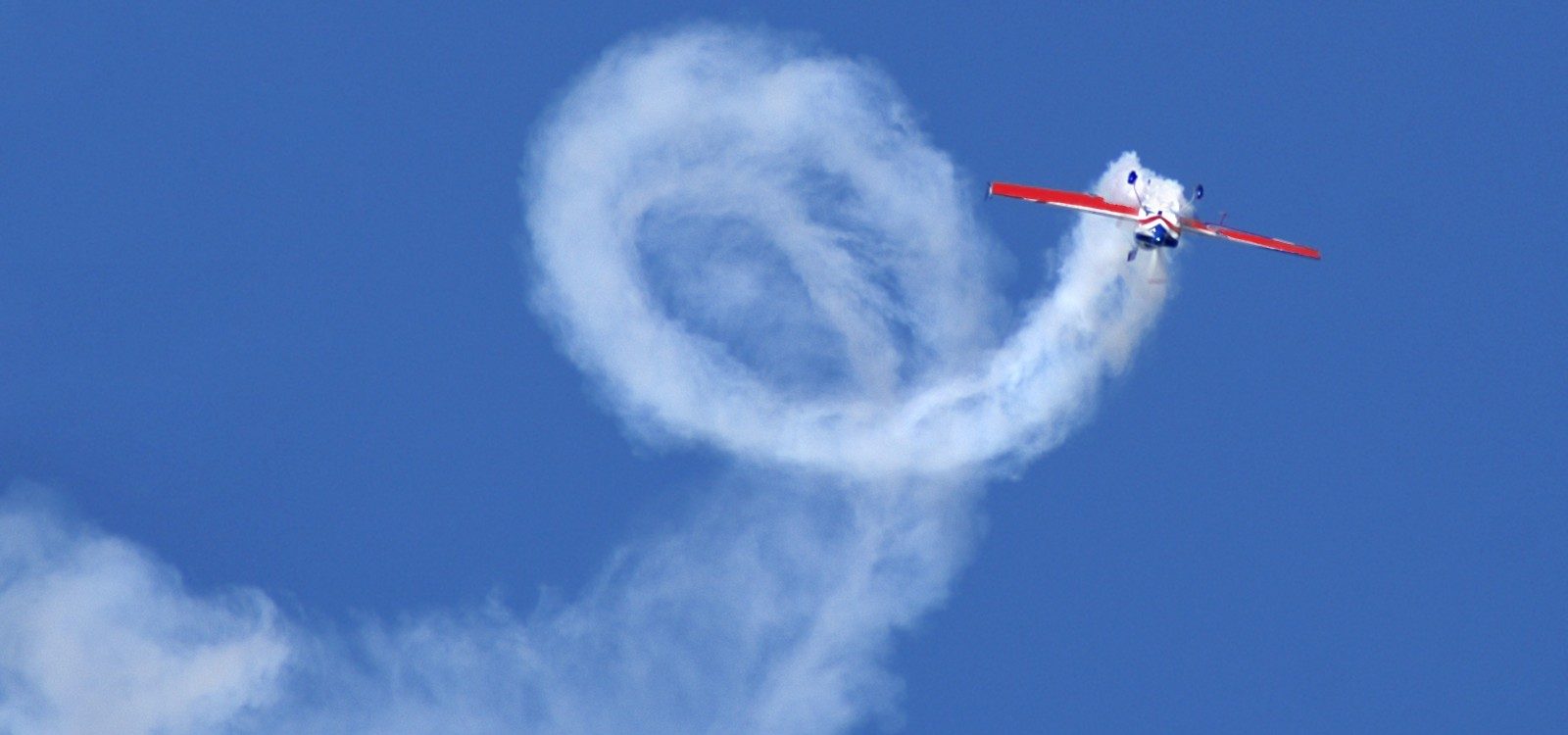
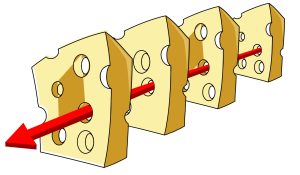






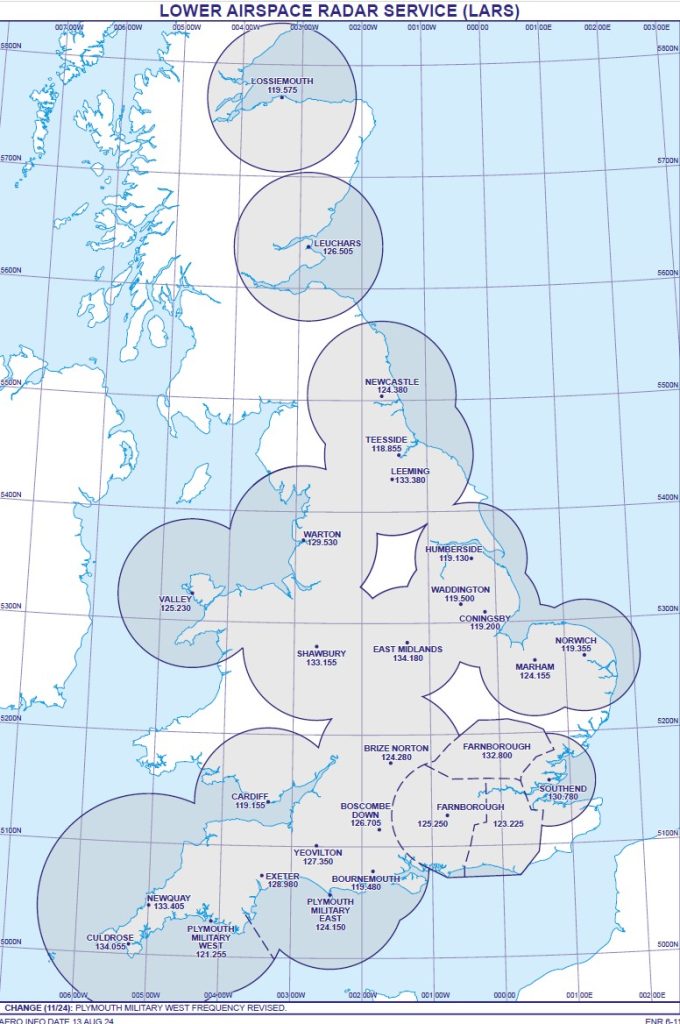
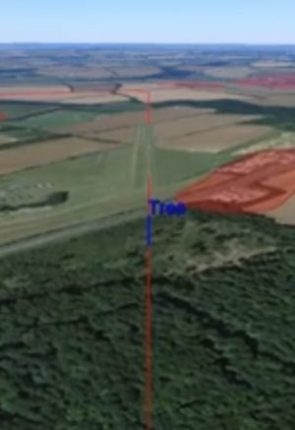
Submissions made on the day cannot be guaranteed. Whilst it is appreciated that the exact route may not be known until the morning of the activity owing to weather conditions etc, a NOTAM submission on the day is subject to AROps capacity and higher priority taskings. Given the time elapsed, AROps cannot comment with certainty why a NOTAM request was unable to be processed on the day in question. For the future, a suggestion would be that rather than issue a ‘specific route NOTAM’ on the day detailing the days glider activity, it may be that a ‘generic area NOTAM’ is requested using a Lat/Long location and radius and this could be submitted no later than 2 working days in advance.
After reading the response from AROps, I still feel that the main issue remains; that is, the current NOTAM notification system, whereby AROps are to be contacted during its published hours for NOTAM issuance, and not the NOTAM office directly, is not reliable enough for on-the-day requests after the actual routing for the day is determined.